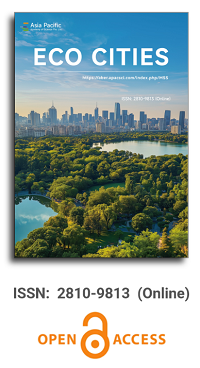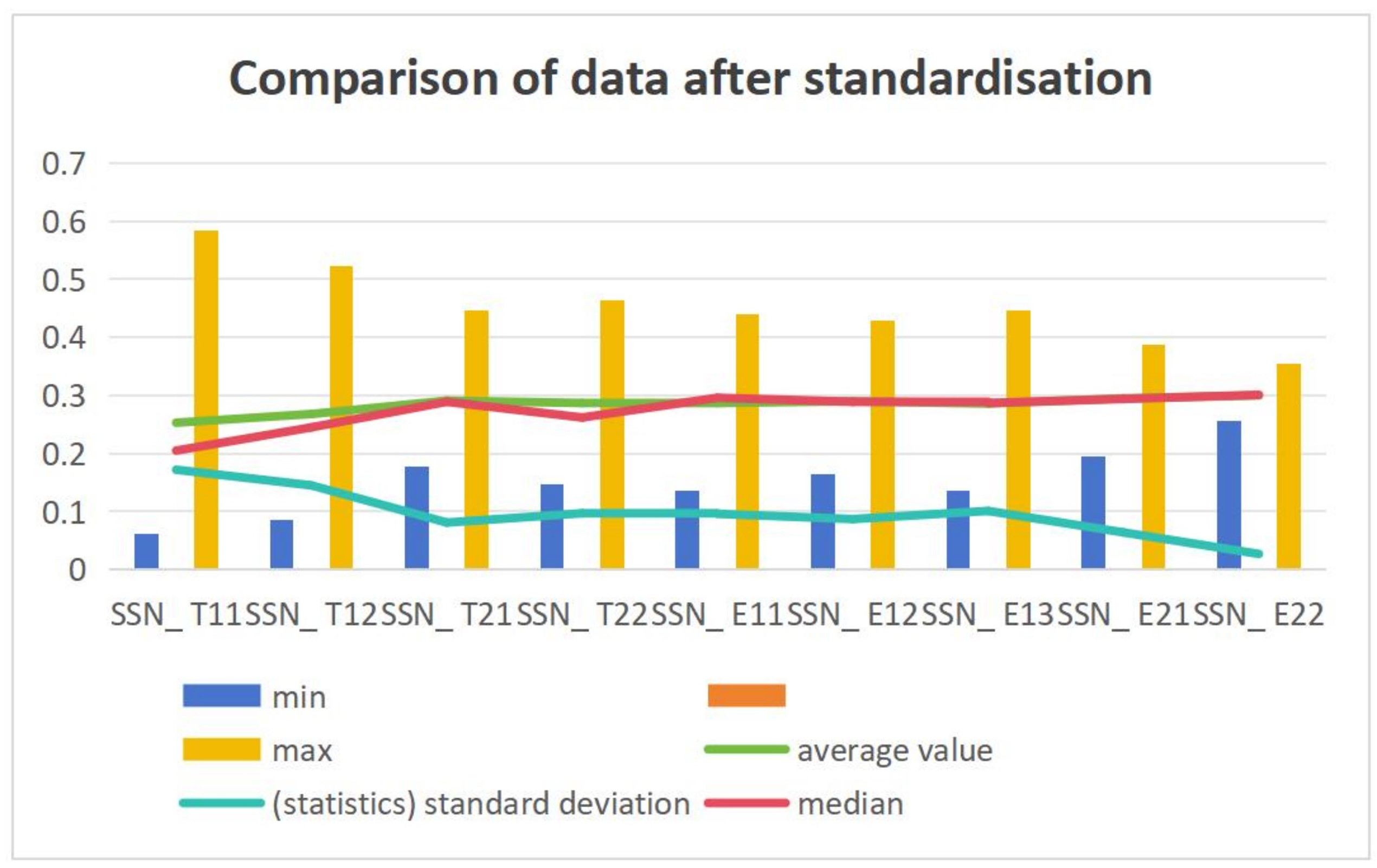


Recognition of livable ecological city in China
Vol 1, Issue 2, 2020
Download PDF
Abstract
Eco city and livable city are urban development strategies formulated by people in pursuit of higher quality of life after foreign social and economic development reaches a certain stage. They are also important development strategies for China and other developing countries to correct the disadvantages caused by the rapid development of urbanization in time and realize urban transformation. As we all know, China’s urbanization process has a great influence on the world in the 21st century. As one of the important strategies affecting the healthy and sustainable development of urbanization, the theory and practice process of eco livable city will become a typical model with Chinese characteristics.
Keywords
References
- Huang G. Garden city, green heart city, ecological city. Journal of Chongqing Institute of Architecture and Engineering 1992; (3): 561–573.
- Wu L. Introduction to human settlements and environmental science. Beijing: China Construction Industry Press; 2001.
- Zhang C, Cai Y. Changes in China’s urbanization pattern and rational population distribution. China Population Science 2012; (6): 45–56.
- More T. Utopia. Dai L (translator). Beijing: Commercial Press; 1959.
- Needham Joseph. Science and Civilisation in China. Ronan C (adaptor). Department of Science History, Shanghai Jiao Tong University (translator). Shanghai: Shanghai People’s Publishing House; 2001.
- Qu A. Ecological ethics and sustainable development in Chinese traditional culture. Social Scientist 2008; (5): 78–89.
- Zhang M. Shang Yang’s population thought. Population and Economy 1981; (6): 345–352.
- Zhou X. Actively explore and realize the construction of modern “garden city”. Ningbo Communication 2007; (7): 34–45.
- Li W, Pan W. On the relationship between gardens and the Eight Diagrams. Science and Technology Information 2010; (20): 75–89.
- Toynbee I. Looking forward to the 21st century—A dialogue between Toynbee and Ikeda. Chun S (translator). Beijing: International Culture Publishing Company; 1997.
- Chen Z, Wang Z. On two ecological views in the book of rites. Social Sciences 2014; (3): 156–163.
- Cheng M. Research on the management system of stable operation of circular economy in Tianjin Binhai New Area. Journal of Henan Normal University (Philosophy and Social Sciences Edition) 2009; (4): 65–72.
- Lan N, Zhu L, Gao L. The concept of water management in ancient China and its educational significance in modern water resources protection. Land and Resources Science and Technology Management 2011; (5): 89–97.
- Zhou L. Human city: Reflection on China’s ecological cognition. Beijing: Beijing University of Technology Press; 2012.
Supporting Agencies
Copyright (c) 2020 Luojia Wang, Xiaofeng Dong
License URL: https://creativecommons.org/licenses/by/4.0/

This site is licensed under a Creative Commons Attribution 4.0 International License (CC BY 4.0).

Chinese Academy of Sciences, China
Indexing & Archiving
Asia Pacific Academy of Science Pte. Ltd. (APACSCI) specializes in international journal publishing. APACSCI adopts the open access publishing model and provides an important communication bridge for academic groups whose interest fields include engineering, technology, medicine, computer, mathematics, agriculture and forestry, and environment.



.jpg)

.jpg)



